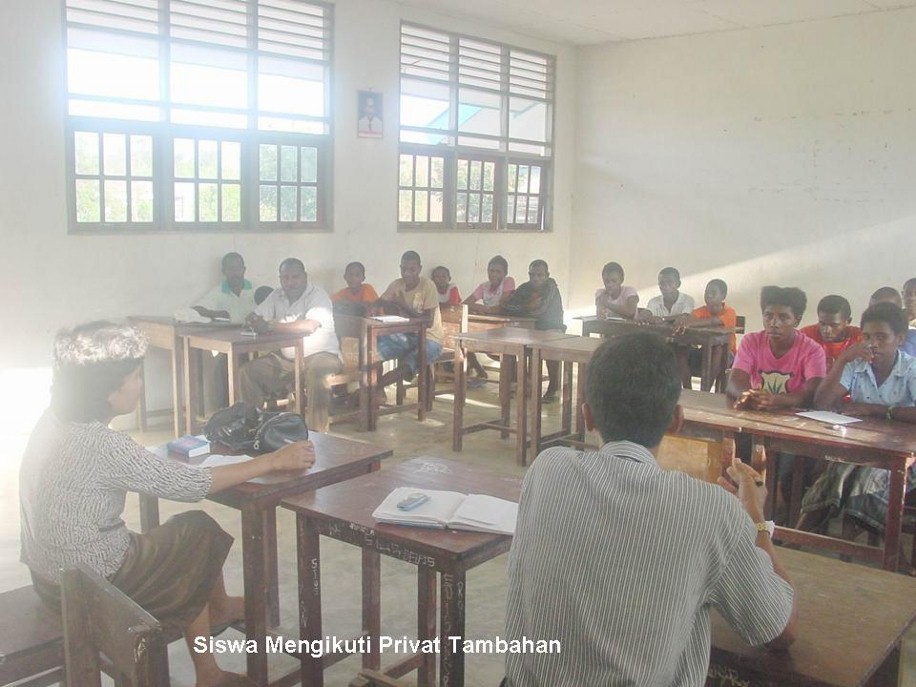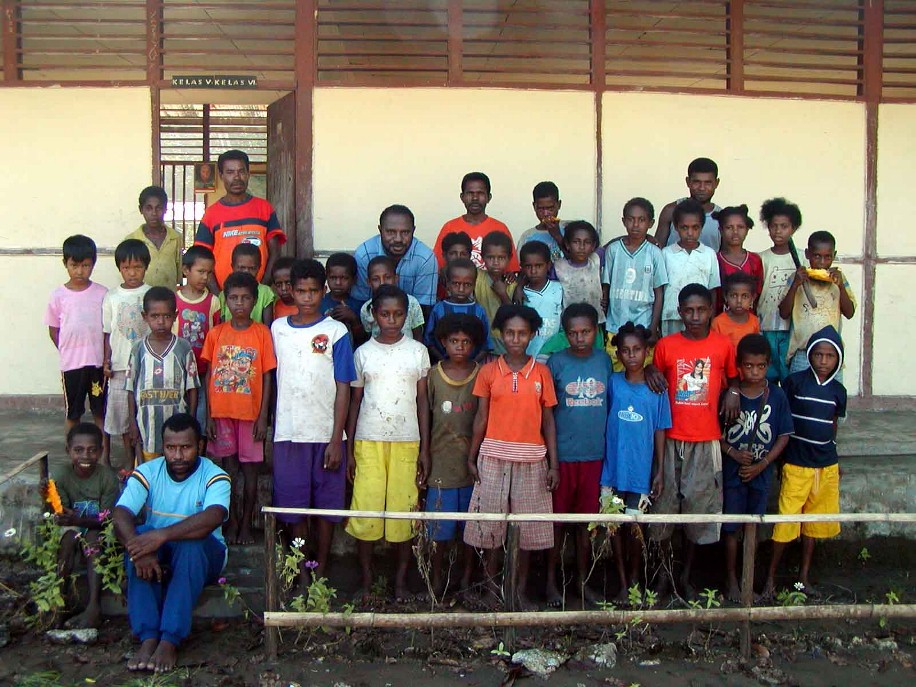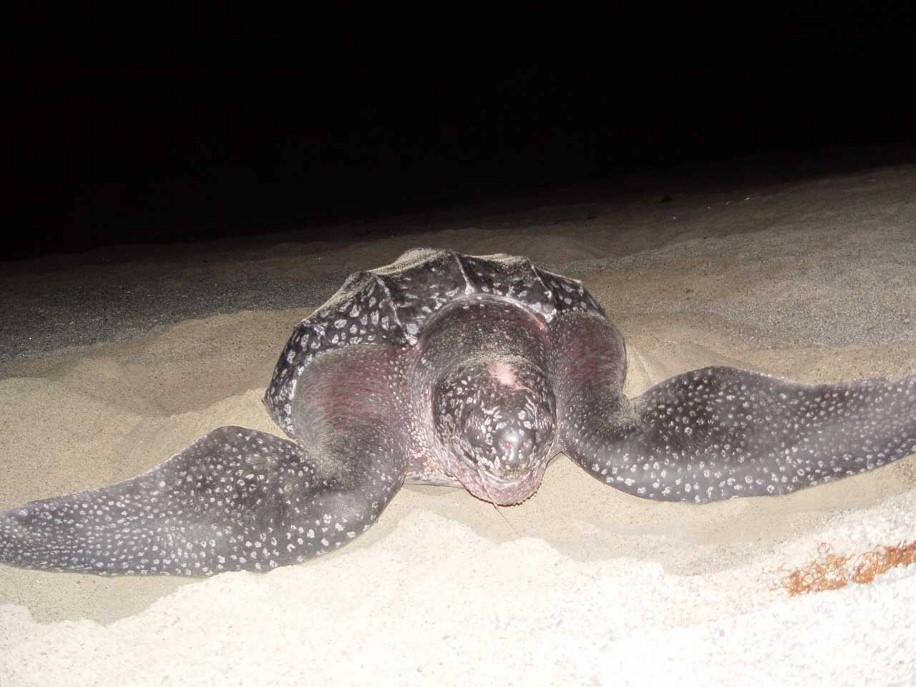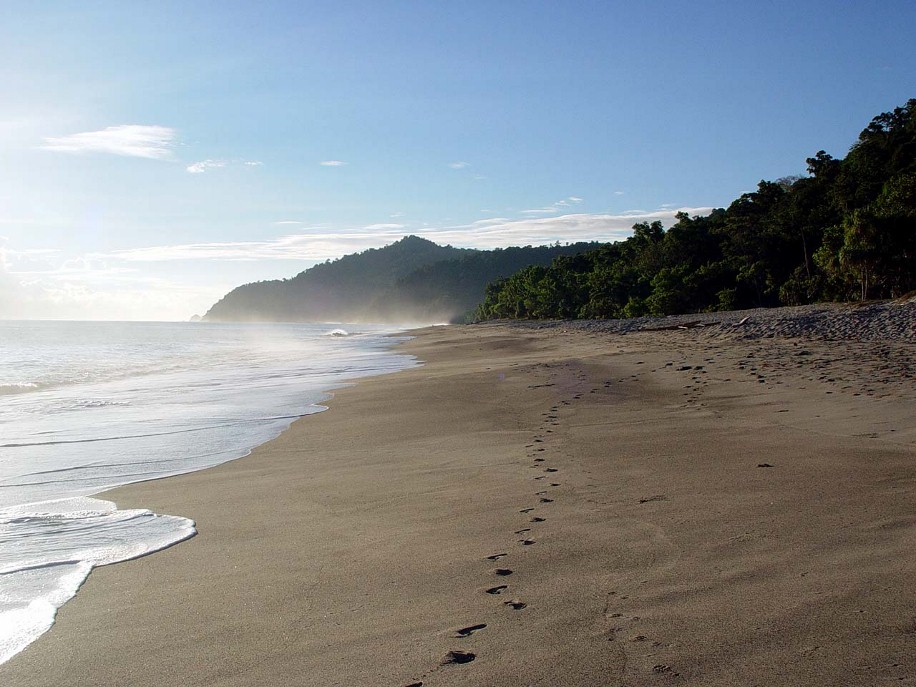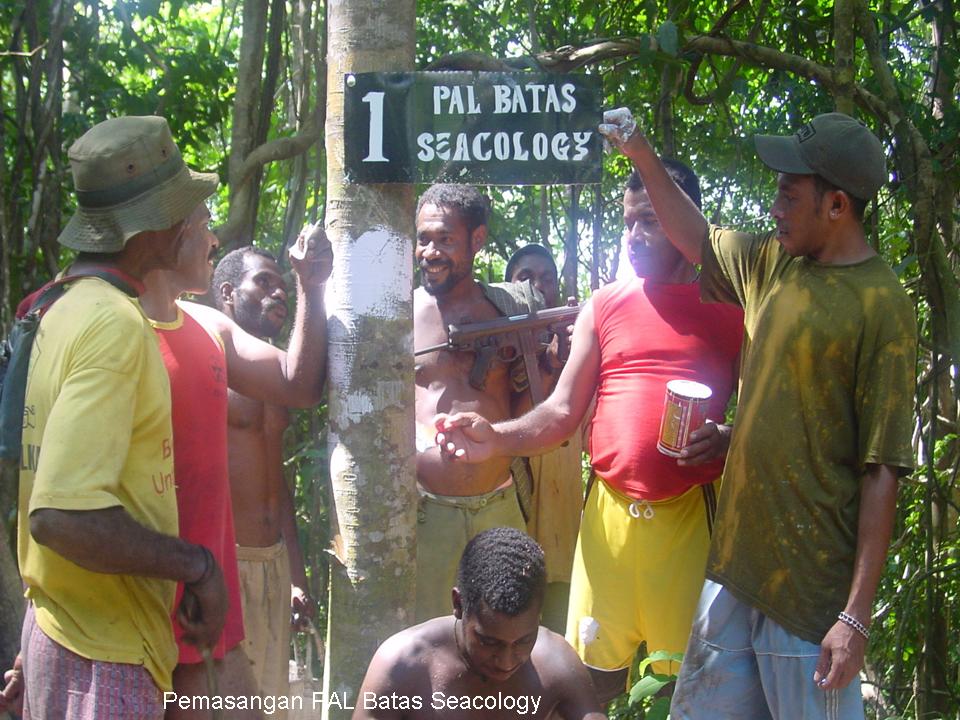Saubeba and Warmandi are tiny coastal villages on the Birdhead peninsula of the New Guinea land mass, part of Indonesia. More than sixty percent of the villagers have never had any formal education, and less than three percent reach senior high school.
The two villages are close to a globally important strip of beach that hosts the largest remaining population of the highly endangered leatherback turtle. The villages have promised to fully protect, with help from the World Wildlife Fund Indonesia in Sorong, 280 acres of beach from feral animal predation and turtle egg harvesting. They will also create a 160-acre no-take forest reserve bordering the beach. (This acreage was later increased; see the October 2007 update).
Seacology will fund scholarships for village students. Five students will receive scholarships for junior high school, five for senior high school or technical school, and three for teachers’ college.
This project was renewed in 2013. In exchange for the protection of a critical leatherback turtle nesting beach, Seacology will provide scholarships for seven more students. Find more info here.


